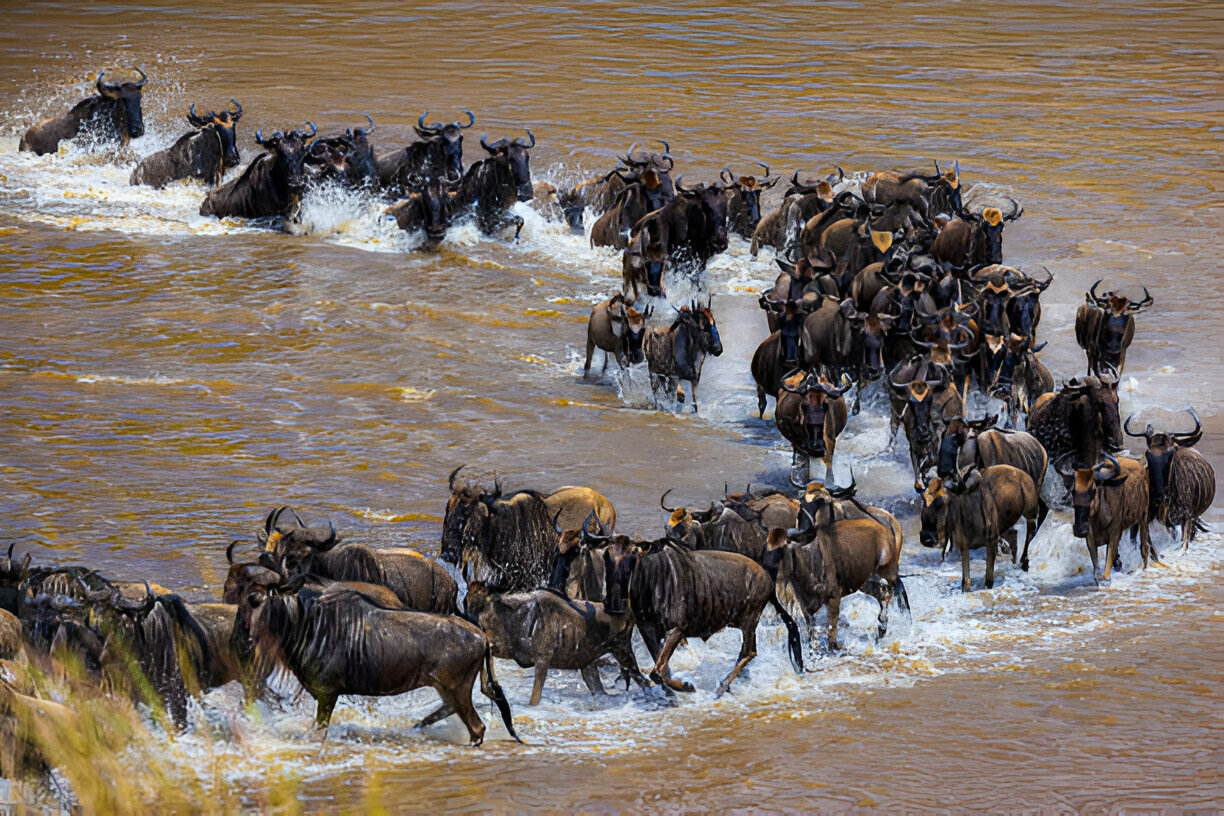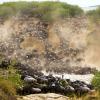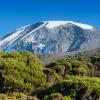Great Wildebeest Migration
The Wildebeest Migration, also known as the Great Migration, is one of the most spectacular wildlife events on the planet. Each year, over 1.5 million wildebeest, joined by hundreds of thousands of zebras and gazelles, embark on a perilous journey through the Serengeti in Tanzania and the Maasai Mara in Kenya. This circular migration is driven by the search for fresh grazing lands and water, creating a dynamic and continuous movement across the plains.
The migration is not only a breathtaking spectacle but also plays a crucial role in maintaining the ecosystem's balance.
Key Information on the Great Wildebeest Migration
| Fact | Details |
|---|---|
| Largest Migration | Nearly 2 million animals participate each year |
| Main Participants | Wildebeests, along with zebras, topi, gazelles, and others |
| Migration Period | December to November, depending on the rainy season |
| Distance Covered | About 1,000 kilometers during the migration cycle |
| Calving Season | 500,000 calves born in February, 8,000 daily |
| Migration Beginnings | Dates back to the 1960s |
| Predator Loss | Up to 250,000 wildebeests are killed by predators |
| Herd Size | Wildebeests divide into herds of hundreds of thousands |
Reason for Wildebeest Migration
During the calving season, over 500,000 calves are born within a short period, attracting predators. The migration follows rain patterns, moving to areas with fresh grazing and water. The Mara River crossings are one of the most dramatic parts, where wildebeest face crocodile attacks and dangerous currents.
The migration is vital for the ecosystem, as the herds help control grass growth, maintaining the balance of the Serengeti's vegetation. As they graze, they fertilize the land, promoting plant growth. This dynamic journey involves survival challenges, including encounters with predators and harsh conditions, but only the fittest wildebeest complete the journey.
Ultimately, the Great Migration is a cycle of life, where birth, survival, and death sustain the Serengeti's ecosystem, symbolizing the resilience of nature.
Best Time to See the Great Wildebeest Migration in Tanzania?
Here's a table outlining the best times to see the Great Wildebeest Migration in Tanzania:
| Time Period | Location/Activity | Highlights |
|---|---|---|
| January to February | Southern Serengeti (Ndutu) | Calving season – Over 500,000 wildebeest calves are born, attracting predators. Great for newborns and predator action. |
| June to July | Western Corridor, Serengeti | Migration moves northward, with herds traveling through the Western Corridor. A great time to see the herds in action. |
| August to September | Mara River (Northern Serengeti and Maasai Mara) | Mara River crossings – Wildebeest face crocodiles and strong currents. One of the most dramatic and popular events. |
| October to November | Northern Serengeti and Maasai Mara | The herds begin their return journey south. Excellent wildlife viewing as the migration continues. |
In summary, the best times to see the migration, particularly the river crossings and large concentrations of wildlife, are from June to September
Best Locations to Experience the Great Wildebeest Migration in Tanzania
The best places to see the Great Wildebeest Migration in Tanzania are Southern Serengeti (Ndutu) during January to February for calving, the Western Corridor in June to July as herds move north, the Mara River in August to September for dramatic river crossings, and Northern Serengeti from July to October when the herds gather before crossing into the Maasai Mara.




